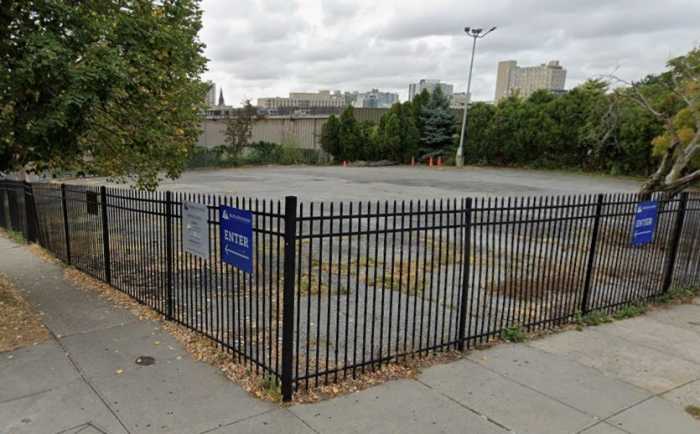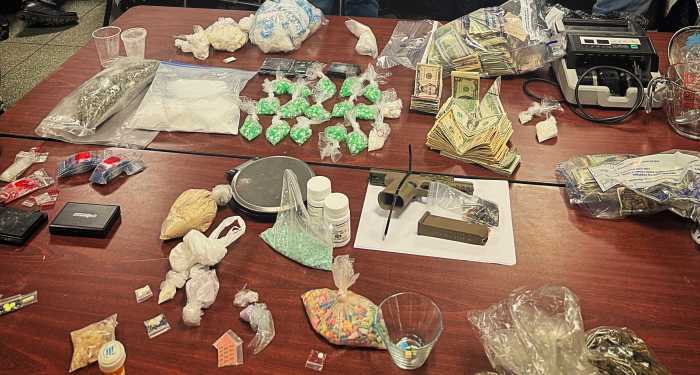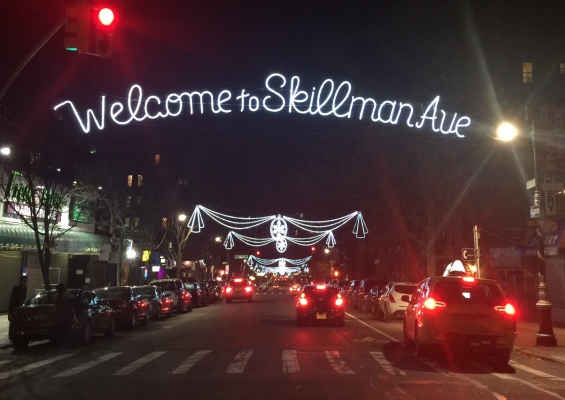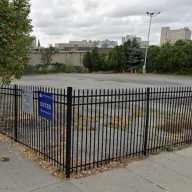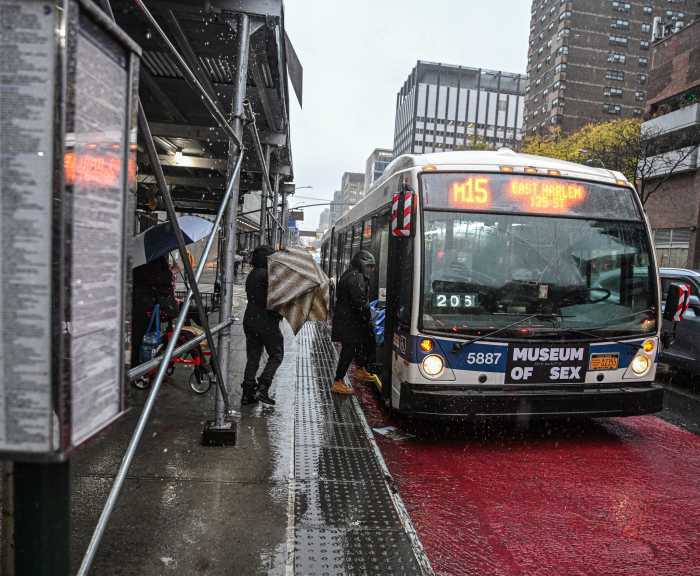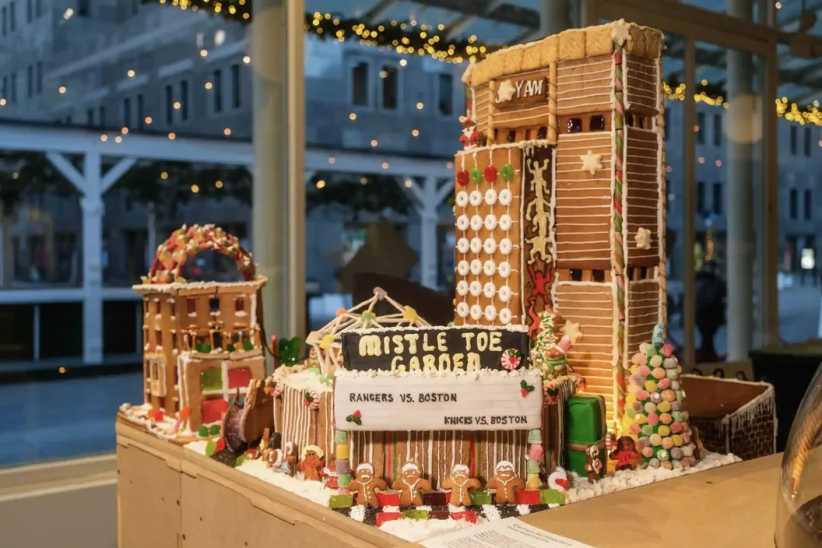By James DeWeese
“We were very pleased to be in Queens,” said MoMA spokeswoman Ruth Kaplan. “We feel that we will remain in Queens even after the facility ceases to be an exposition space.”
Kaplan said she could not attach a direct monetary figure to the admission revenue lost since MoMA temporarily relocated to Queens in July 2002 while its Manhattan building was renovated. But she said annual trips to the museum dropped from as much as 1.8 million to 400,000.
“They tried very hard,” said state Assemblyman Ivan Lafayette (D-Jackson Heights), who has been lobbying the museum to maintain a strong presence in the borough. “But they lost serious money.”
Kaplan said despite the decline in visitors, the figures were about what museum officials expected for the 160,000-square-foot MoMA QNS facility, which has a significantly smaller exhibition space than the renovated Manhattan building.
In total, the renovation project cost about $850 million, including the $50 million used to set up MoMA QNS on 33rd Street in Long Island City, Kaplan said. The figure for the Long Island City building included the purchase of the old Swingline stapler factory and its subsequent renovation to house storage, administrative office and exhibition space.
What's important, Kaplan and Lafayette agreed, is that MoMA QNS will be gone but not forgotten when the museum shutters the temporary exhibition space Sept. 27.
Through an ongoing partnership with Long Island City's PS 1 – a world renowned center of modern art – and continuing educational outreach programs, Kaplan said, the museum's presence will continue to be felt in the borough.
Lafayette lauded the museum's in-school lecture program, which sends MoMA staff into public schools to teach children about art and culminates with a visit to the museum.
“Art is a way of teaching children, of grabbing their attention,” said Lafayette, who reminisced about seeing an elementary school group transfixed by a Gaughin exhibit at the museum. “Art has no language barrier as music has no language barrier, so children really respond to this.”
Kaplan said MoMA intended to continue with its elementary programs, in addition to its high school exhibition planning course and college lecture series.
Lafayette also said he was working on ways to expand on what he called a positive track record for museum's involvement in Queens.
Among Lafayette's suggestions to the museum was one to explore a collaborative relationship with the Queens Museum of Art, with which he said MoMA was already talking.
Kaplan did not comment on the possibility, saying only “I know that MoMA is certainly exploring a lot of possibilities of things that we can do in the borough.”
He also said he had suggested that MoMA look into displaying works at the Bulova Center in East Elmhurst. The building, Lafayette said, is climate-controlled and has 24-hour security.
“Right now they're in the process of reviewing their entire relationship with Queens,” Lafayette said.
MoMA's Manhattan building reopens Nov. 20 with a free-admission day for the general public.
In the meantime, Kaplan said, museum officials were pleased with how their Queens stint turned out.
“We have felt that in the two years that we have had the Queens facility open we really have hoped to become and I think have become part of the community,” Kaplan said. “That's been the very best part.”
Reach reporter James DeWeese by e-mail news@timesledger.com, or call 718-229-0300, Ext. 157.


